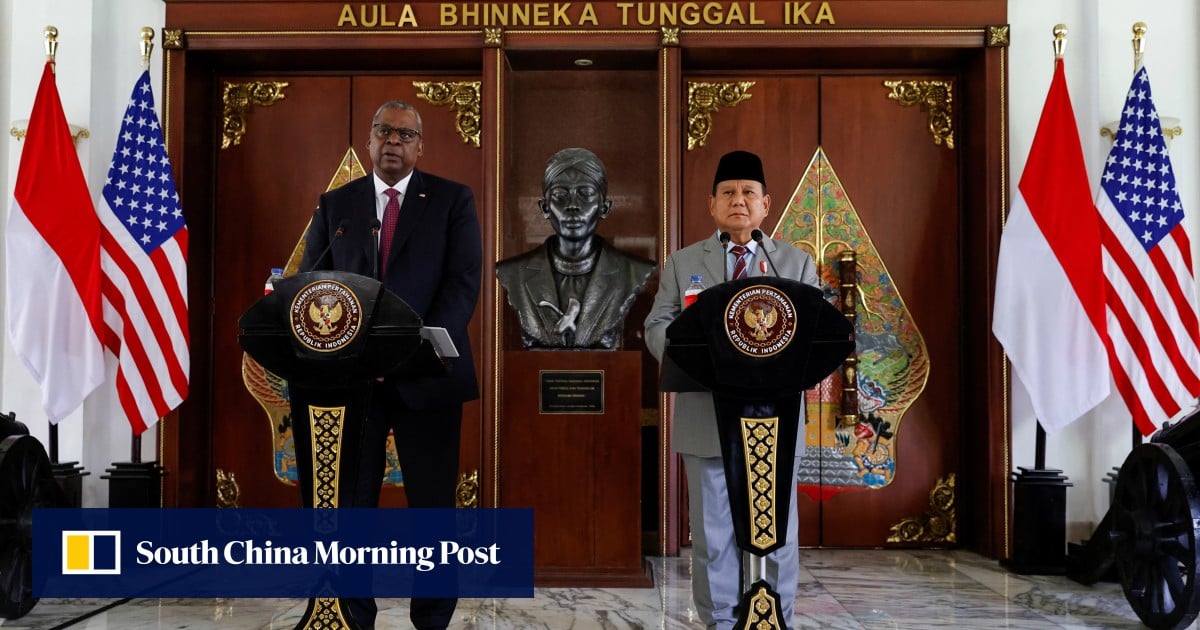How Is A New Pope Chosen? A Comprehensive Guide To Papal Conclaves

Table of Contents
The Calling of a Papal Conclave
The death or resignation of a Pope, a period known as sede vacante (the see being vacant), triggers a precisely defined sequence of events leading to the Papal Conclave. The Cardinal Camerlengo, a high-ranking cardinal who serves as the interim head of the Church during the sede vacante, plays a crucial role in managing the transition.
- The announcement of the Pope's death: This is formally announced to the world, marking the beginning of the sede vacante period.
- The role of the Cardinal Camerlengo: The Camerlengo oversees the Church's administration, ensuring its smooth functioning until a new Pope is elected. This includes safeguarding the Papal apartments and managing Vatican City affairs.
- The summoning of the College of Cardinals: The Camerlengo officially summons the College of Cardinals, the body responsible for electing the new Pope. This involves notifying all eligible cardinal electors.
- Setting the date for the Conclave: After a period of mourning and preparation, a date is set for the commencement of the Papal Conclave, ensuring sufficient time for the cardinals to assemble in Vatican City.
The timing of each stage is crucial, dictated by long-established procedures to maintain order and solemnity during this period of transition.
The Participants: The College of Cardinals
The College of Cardinals is comprised of cardinals from across the globe, chosen by the Pope for their piety, theological scholarship, and administrative experience. Not all cardinals participate in the election; only Cardinal electors are eligible to vote.
- Cardinal electors: These cardinals must be under 80 years of age at the time the sede vacante begins. They represent a diverse range of nationalities and dioceses, reflecting the global reach of the Catholic Church.
- Non-elector cardinals: Cardinals over the age of 80, while unable to vote, participate in the Conclave and offer their wisdom and guidance.
- The importance of the consistory: The Pope convenes consistories to create new cardinals, influencing the composition of the College of Cardinals and the future electorate.
- Geographical representation within the College: The geographical representation within the College aims to ensure a balanced perspective, reflecting the Church's global presence.
The composition of the College of Cardinals significantly impacts the dynamics and outcome of the Conclave. The balance of power and different theological viewpoints within the College is a key factor during the election.
The Location and Seclusion of the Conclave
Historically, Papal Conclaves have taken place in various locations. However, the Sistine Chapel within the Apostolic Palace is the traditional and current venue.
- The Sistine Chapel as the traditional venue: Its grandeur and historical significance make it the most appropriate setting for this momentous occasion.
- Secrecy and security protocols: Stringent security measures and communication restrictions ensure the Conclave's integrity and prevent outside interference or influence on the voting process. This seclusion is vital for maintaining the independence of the election.
- Living conditions and daily routines of the cardinals: Cardinals reside within the Vatican during the Conclave, with their daily lives strictly regulated to ensure focus on the election process.
- Communication restrictions: Contact with the outside world is severely limited to protect the secrecy and integrity of the Conclave.
The isolated environment ensures the cardinals can deliberate without external pressure, allowing for a more reflective and prayerful process.
The Voting Process and the Election of the Pope
The election process, known as the scrutiny, involves a series of secret ballots until a candidate secures the necessary two-thirds majority.
- The "scrutiny": Cardinals write the name of their chosen candidate on a ballot, which is then collected and counted by scrutineers.
- The required two-thirds majority for election: This high threshold ensures a strong consensus and prevents a divisive election outcome.
- The role of the scrutineers: These cardinals oversee the voting process, ensuring fairness and secrecy.
- The handling of ballots and the burning of ballots (white/black smoke): The burning of ballots, producing black smoke for inconclusive results and white smoke to signify an election, is a time-honored tradition, instantly informing the world of the Conclave's progress.
- What happens if no candidate receives the required majority: If no candidate achieves the necessary two-thirds majority after several ballots, the process continues until a Pope is elected.
The voting process is meticulously designed to ensure fairness, secrecy, and the selection of a candidate with broad support within the College of Cardinals.
The Announcement of the New Pope (Habemus Papam!)
Once a new Pope is elected, the historic announcement "Habemus Papam!" ("We have a Pope!") is made from the balcony of St. Peter's Basilica.
- The announcement from the balcony of St. Peter's Basilica: This highly anticipated moment draws millions of people worldwide, both physically present and watching on television and online.
- The new Pope's first blessing (Urbi et Orbi): The newly elected Pope then delivers his first apostolic blessing, Urbi et Orbi ("to the city and to the world"), to the assembled crowds and the world.
- The inauguration Mass: A formal inauguration Mass marks the official commencement of the new Pope's papacy.
- The choosing of the Papal name: The newly elected Pope chooses a Papal name, often reflecting his spiritual aspirations or honoring a significant figure in Church history.
The announcement and subsequent events mark a moment of profound significance for the Catholic Church and the global community.
Conclusion
The process of electing a new Pope through a Papal Conclave is a complex and fascinating blend of tradition, ritual, and political maneuvering. Understanding the intricacies of the Conclave—from the summoning of the Cardinals to the announcement of "Habemus Papam!"—provides invaluable insight into the workings of the Catholic Church. This detailed guide has explored the key aspects of this significant event, highlighting the key players, the voting process, and the historical context. Learn more about the intricacies of the Papal Conclave and its historical significance by exploring further resources on the Vatican website and other reliable sources. Gain a deeper understanding of how the next leader of the Catholic Church is chosen – continue researching the fascinating world of the Papal Conclave.

Featured Posts
-
 Closer Security Partnership Between China And Indonesia
Apr 22, 2025
Closer Security Partnership Between China And Indonesia
Apr 22, 2025 -
 The Post Roe Landscape Examining The Role Of Over The Counter Birth Control
Apr 22, 2025
The Post Roe Landscape Examining The Role Of Over The Counter Birth Control
Apr 22, 2025 -
 The Difficulties Of Automating Nike Sneaker Assembly
Apr 22, 2025
The Difficulties Of Automating Nike Sneaker Assembly
Apr 22, 2025 -
 Lab Owner Pleads Guilty To Falsifying Covid Test Results
Apr 22, 2025
Lab Owner Pleads Guilty To Falsifying Covid Test Results
Apr 22, 2025 -
 Trumps Economic Agenda Who Pays The Price
Apr 22, 2025
Trumps Economic Agenda Who Pays The Price
Apr 22, 2025
